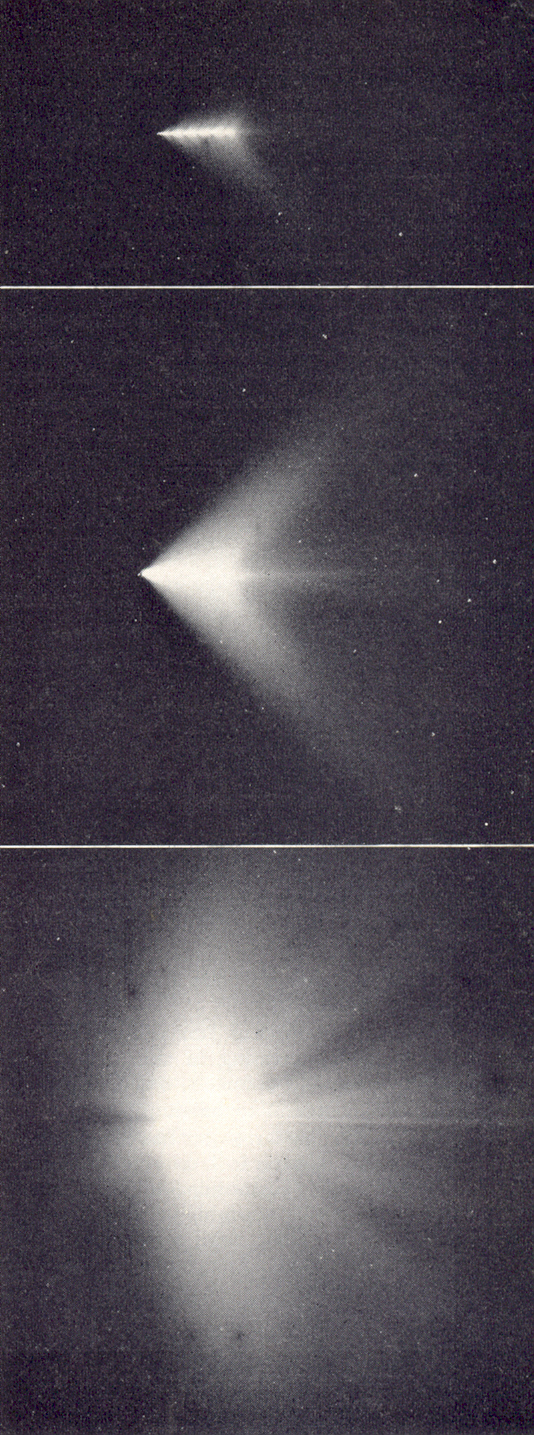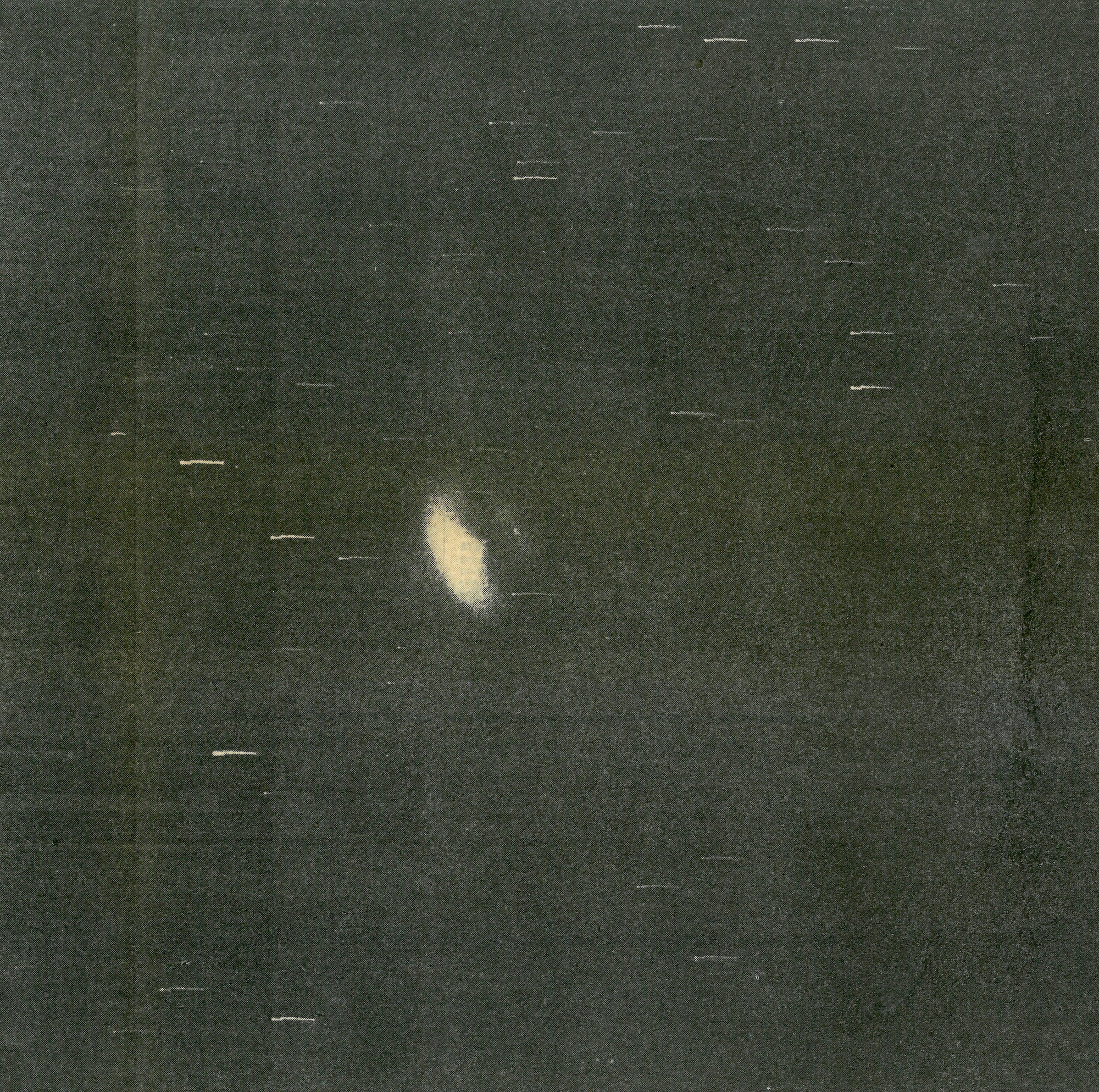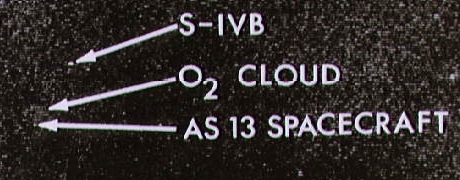Someone recently asserted that “his dad” said th moon landings couldn’t be real because blah, blah, blah and that’s impossible, to which I responded with reality. The questioner that came back with these followups:
“What was the radiant barrier [that keeps spacecraft cool] made of?” Several layers of aluminized Mylar (the same stuff that is now used in attics) over a “superinsulation” of alternating layers of Kapton and glass-fiber cloth.
“Water cooled, [referring to spacesuit thermal control undergarments] that must have weighted a lot” No. Tiny plastic tubes filled with glycol and water were sewn to a mesh garment worn over the permanent waer garment, so one layer over the underwear. The purpose was mostly to remove the astronaut’s body heat. The suit reflected much of the sun’s heat and the remaining extremes between the sunlit and shadow sides canceled each other out. Movement, air circulation, and the water garment ensured no hot or cold spots. Thermo regulation was absolutely not a problem..
“If I remember correctly, the suits were at 250 F which is 121 C, at 100 C water boils, so the air inside the suit, when reaching 100 C would make the body of the astronauts burn and the blood boil.” No, dark surfaces would have heated up, but the white suit and reflective visor, combined with insulation, prevented the surface from getting so hot and prevented the heat from reaching the astronaut. Air entering the suit was cold anyway, because it was stored under pressure. The was not a problem. Firefighting gear has it far, far harder.
“Since they were in low pressure inside the suits, they would have boiled at even less temperature.” Yes they would, at about 170 F, but that was never going to happen.
“And cooling that water would be really hard.” No, cooling that water was simplicity itself. When they were in the shade or resting they didn’t need to cool it much at all. Gemini suits had no water cooled undergarment at all, and they worked just fine until the astronauts started doing physical work. In the A7 suits used by Apollo, when they we in the sun for a while or getting hot, a porous plate sublimator was used to cool a heat exchanger, which cooled the glycol loop. The Astronaut could control how much of the glycol went through the heat exchanger soas to avoid overcooling. This method is still used today, and was used for supplemental cooling on the LEM as well.
“Handling half a tank of water in the tank would make a pretty unstable astronaut” Good thinking! Naturally, the engineers thought of that. Water for the sublimator was stored in two flexible bladders, a primary holding about a gallon and a secondary holding about half that much. This were no more problem than today’s CamelBak packs. Really, the inertia of the entire PLSS pack was more of an issue than water slosh.
“Since they were in space, I suppose those are psi absolute, which would mean about 1/3 of the pressure at sea level.” Correct. Apollo spacesuits were pressurized to 5.5 psi of pure oxygen.
“Bizarre that they would use only oxygen given Gus Grissom’s death because of that in 1967.” Not at all. They still use pure oxygen in suits to this day. The reason is that inflating to 14.7 PSI would cause the suits to balloon and make flexing the joints too hard for the wearer, and adding nitrogen to the mix would make the life support pack far more complicated, prone to failure, and tricky to operate. Fire is no more a risk at 5.5PSI and 100% O2 than normal air at sea level. The Apollo 1 pad fire was caused by procedural oversights that led to the cabin being filled with more than sea level pressure of pure O2—a very bad idea. Also, suits are carefully constructed to prevent any source of sparks, and the astronaut can’t exactly forget and light up a stogie.
Hamilton standard’s tests showed that a man can live on pure O2 down to 3.7PSI–provided it’s all oxygen.
“If they weighted 1/6 of earth gravity they would have been able to kick a ball and put it into orbit.” No they wouldn’t. The minimum speed for lunar orbit is well over 2km per second.
“Without atmosphere and with an escape velocity of just 2 m/s, even an astronaut jumping would have been able to put himself into orbit,” No, because we are talking about the moon, where the escape velocity is 2.38 THOUSAND m/s. Even if your astronauts brought a clown cannon, they aren’t entering orbit.
“all the recorded videos and photos show the moon as having its horizon between 100 and 200 m” No they don’t. The horizon on the moon is about 2 kilometers away if you are standing on a plain, and that’s what all the photos show, but there is nothing to give a visual sense of scale.You can’t tell how far away a lunar mountain is without looking at a map. Jack Schmitt took this telephoto image of the Apollo 17 LEM from a rise 3 km away, with mountains in the background:

Or consider this shot of Apollo 15 from its ALSEP site, which all by itself it about 100 meters away:

Or maybe you mean like this shot of Pete Conrad inspecting the Surveyor 3 probe that landed two years before he did, with the LM in the distance (note the big antenna used to improve TV reception back on earth.)

And lest you are concerned by the lack of a crater beneath the probe—like Apollo, it was designed to cut off the engine early to avoid disturbing the soil it was sent to sample. It malfunctioned, and ended up bouncing 35 feet in the air, no worse for wear.
“A normal person would have recorded around himself…that is what we do when we explore, naturally, we go up and take a look.” Yeah, they did that. I believe it was Apollo 12 in which the commander opened the docking hatch first, then stood up to survey the landing site before going down through the door to the surface. Every major site of every surface mission produced at least one panoramic photo.
“wouldn’t it be normal for astronauts to record the stuff they left on the moon as they take off? You mean turn around and take a picture as they were lifting off? You mean like this movie frame from the Apollo 14 liftoff?



 1. We left retroreflectors on the moon, just like bicycle reflectors only bigger and not as pretty. Visit the McDonald Observatory or any other with the proper laser range-finding equipment and you can see for yourself that the laser energy returns when the telescope is pointed at the designated landing sites and does not return elsewhere.
1. We left retroreflectors on the moon, just like bicycle reflectors only bigger and not as pretty. Visit the McDonald Observatory or any other with the proper laser range-finding equipment and you can see for yourself that the laser energy returns when the telescope is pointed at the designated landing sites and does not return elsewhere.




